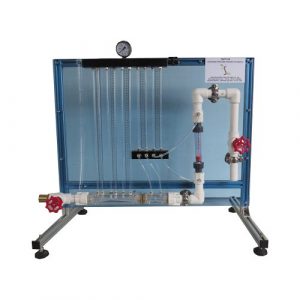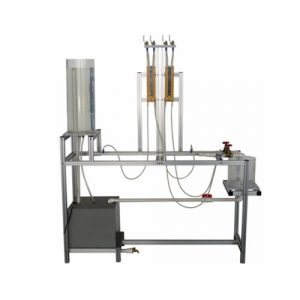- Description
- Inquiry
HM380 Cavitation in Pumps Educational Equipment Fluids Engineering Training Equipment
I. Product overview
1.1 Introduction to cavitation
Water pump cavitation refers to the process in which bubbles in the low-pressure area of the water pump flow system are compressed and quickly collapsed as the water reaches the high-pressure area, which causes the deterioration of hydraulic performance and the damage of the flow components.
When the effective cavitation margin of the water pump device is less than the necessary cavitation margin of the water pump, and the partial pressure in the pump drops to the saturated vaporization pressure at the liquid temperature, the impurities, tiny solid particles or liquid interface (liquid and solid) in the liquid The gas nucleus existing in the gap between the contact surface) rapidly grows into a cavitation bubble, and reaches the high pressure area with the water flow, and is quickly collapsed by the compression of the surrounding liquid. In the cavitation collapse zone, the metal surface is subjected to a water hammer force, the frequency of which can reach tens of thousands of times per second, and it acts on a very small area, so its stress can reach thousands of atmospheric pressure. Frequent application of such a large stress causes plastic deformation and hardening of the metal surface layer, resulting in local fatigue and micro cracks, which promote the development of cavitation. The metal components are broken and peeled off. Cavitation may occur on the back and front of the impeller blades, or between the outer edge of the impeller and the wall of the impeller chamber. Generally, water pump cavitation reduces the flow, head, power and efficiency of the pump, causing unit vibration and noise, shortening the life of equipment, and affecting engineering safety. The situation is more serious with pumps that take water from streams with high sand content
1.2 Causes of water pump cavitation:
When the inlet pressure of the pump is lower than the saturated vapor pressure at this temperature, the liquid will vaporize. At the same time, gas dissolved in the liquid may escape from the liquid, forming a large number of small vapor bubbles, which follow the liquid. When flowing into the flow channel of the impeller, when the pressure generated by the rotation of the impeller is greater than the saturated vapor pressure, these small vapor bubbles re-condensate and extinguish, forming a cavity. At this time, the surrounding liquid rushes toward the cavity at a very high speed, and the particles of the liquid collide with each other to form a local hydraulic shock, which makes the local pressure reach hundreds of atmospheres. The larger the bubble is, the greater the local water hammer will be when it is condensed and extinguished. The speed of this hydraulic impact is very fast, with a frequency of up to 2500 times/s, and violent impact occurs on the surface of the impeller, causing mechanical corrosion. The above-mentioned comprehensive phenomenon of vaporization, condensation, impact and metal erosion of the liquid is called cavitation.
1.3 Cavitation damage
When the vapor bubble is extinguished, the liquid particles collide with each other, which will produce noise. When the cavitation is severe, vibration will occur. The flow rate, lift, and efficiency will be significantly reduced, and the phenomenon of “evacuation” will occur. At the same time, the impeller will be thinned due to cavitation erosion. Even the blade and cover are penetrated. Cavitation leads to poor performance of the pump, unstable operation of the device, fatigue and erosion of metal surface materials, and increased noise and vibration. Therefore, it is necessary to analyze, research and monitor water pump cavitation in the design and operation management, and take effective protective measures in time
1.4 Product introduction
This product can be used to demonstrate the cavitation effect of the centrifugal pump impeller. The pump casing and the pipes on the inlet side of the pump are made of transparent plastic to observe the cavitation process. Take a photo with a short exposure time (flash), this method can capture an excellent image of bubbles. The valves at the inlet and outlet of the pump can adjust the flow and pressure accordingly. The pressure on the inlet and outlet sides are displayed on two pressure gauges. The water tank is equipped with a heater, and the water temperature can be controlled. At the same time, the water temperature, flow rate and pump speed in the water tank are displayed. The water is cooled by the water supply system.
II. Performance parameters
Dimensions: LXWXH 1000x630x590mm
Weight: <70kg
Voltage: AC220V 50HZ
Water pump: power 370W, flow rate 3m³/h, head: 14 meters
Water tank: 20L
Pressure (inlet): -1…0bar
Pressure (outlet): 0…1,5bar
Temperature: 0…60°C



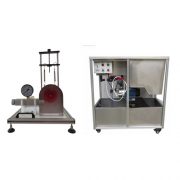
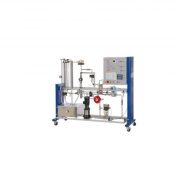
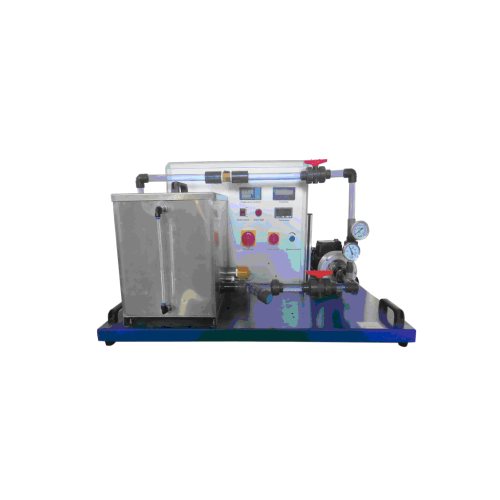
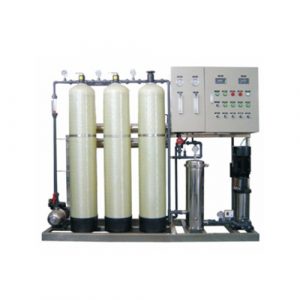
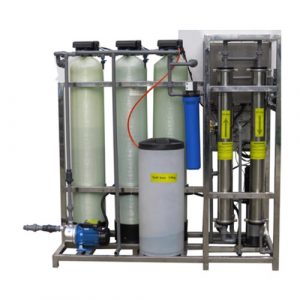
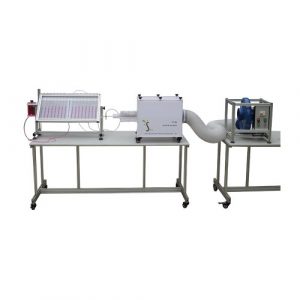
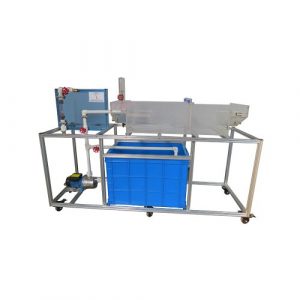
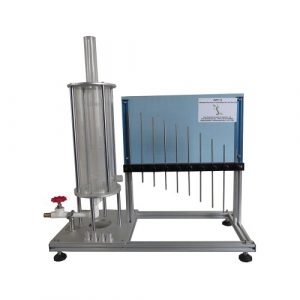
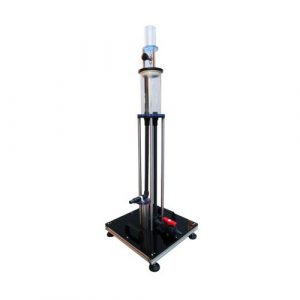
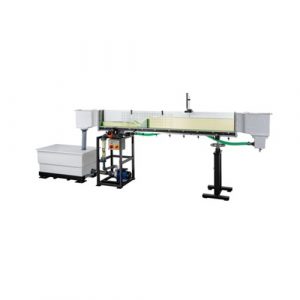
-300x300.jpg)
